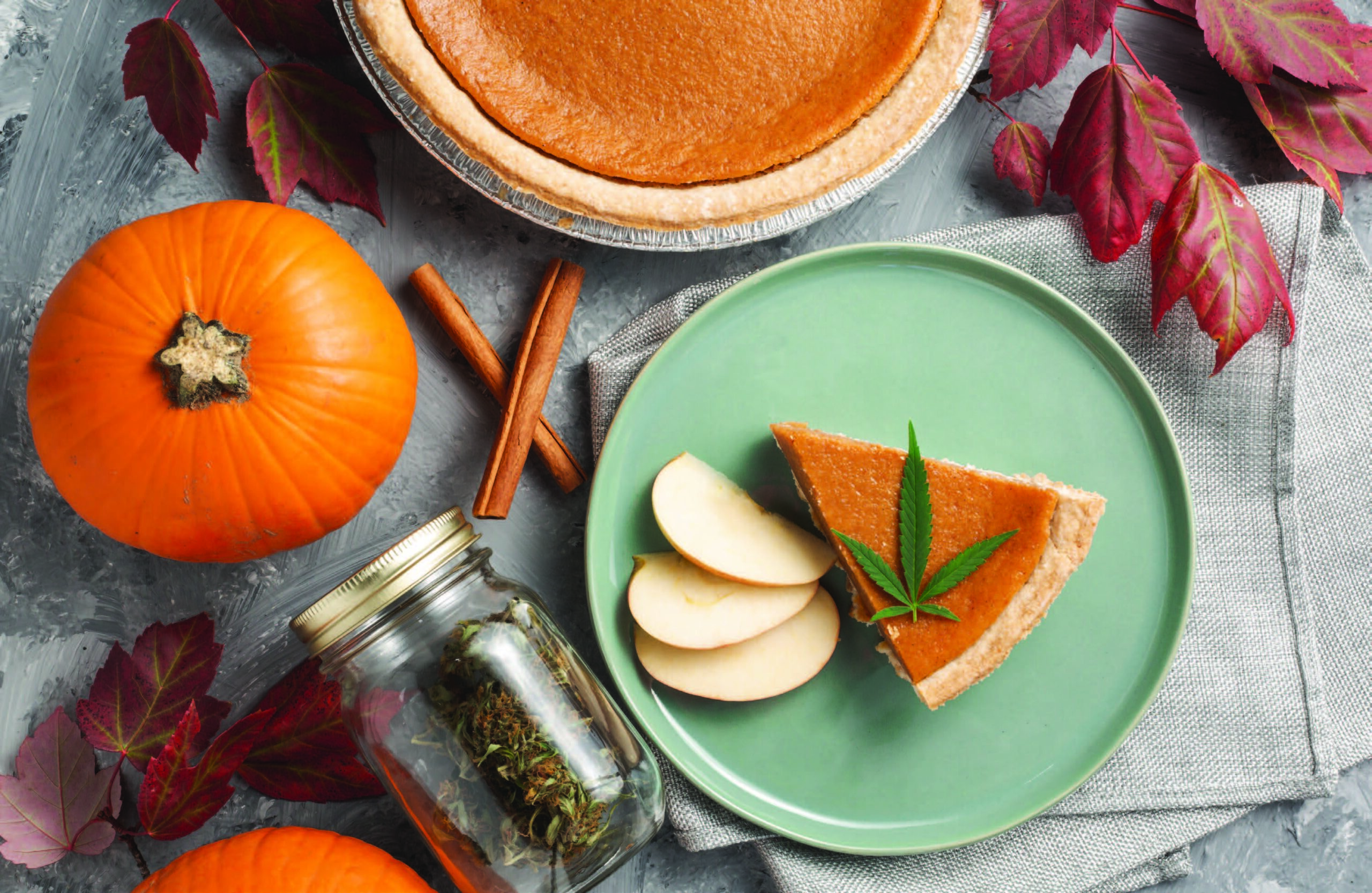As I write this, I’m thinking about the Caesar salad I ate three days ago. And the piece of lettuce on my chicken sandwich at lunch today. Just how much romaine did I consume this week? Am I safe in the wake of my Facebook feed blowing up at the latest recall? By the time this article comes out, it’ll be old news that the CDC issued a blanket recall for all romaine lettuce. Not just romaine grown in Yuma, Arizona, and not products sold by specific brands or producers. The highest office of disease control and prevention advised consumers to avoid ANY AND ALL romaine lettuce. Is that rumbling noise in my stomach the first signs of e. coli poisoning, or am I just being paranoid?
It’s the third – or, maybe fourth – major romaine recall in the last six months. All amid turkey scares, millions of pounds of contaminated ground beef, and other scary food news, it’s really coming together to cramp my holiday food boner. It has me wondering if it’ll ever be safe to eat again. I mean, when three million packages of Goldfish get recalled, you know things are serious!
The timing of this recall has some of the Internet’s biggest conspiracy theorists humming. Two days before Thanksgiving and both lettuce and turkey are on the no-fly list? All while Duncan Hines recalled over two million boxes of cake mix? Not even dessert is safe! It must be big pharma, or fake news perpetuated by the kale industry (as if kale needs to rain on romaine. Kale is so hot right now!).
While I don’t think there’s any foul play at hand here, I do find myself wondering what the heck is going on. In this day and age of scientific advancement and heightened food safety, how could the number of outbreaks possibly be increasing? While I can’t say for certain what’s really to blame, I have a sneaking suspicion it’s our fault. I’m not calling you out personally, obviously, but as the collective, we are to blame.
When was the last time you went to the grocery store and said, “Hmmm, those prices seem fair!” Sure, we’re happy when whatever we’re looking for is offered as a BOGO, but we tend to balk when food is priced at a fair market value. As the food supply moves further and further away from the family farm, we’ve become accustomed to this idea that food grows on the grocery store shelves. We stop associating a product with its producer, and we start looking for ways to get it cheaper, easier, and in a more convenient package.
But here’s the thing. Behind every piece of produce, cut of steak, and box of macaroni is a long chain of people who made it happen. There are the seed suppliers, the manufacturers who built and sold the farm equipment, and the farmers and ranchers who grew or raised it. All of that takes time and money, and hopefully the crop works out and the farmer can recoup those expenses. Then there’s the labor of actually picking, sorting, and washing produce; processing, cutting, and grinding meats; or making and boxing up processed goods. Finally, there’s electricity for storage and gas for transport, not to mention all those retail workers. It all adds up, especially as minimum wage continues to increase.
So, when people want to reduce their grocery bill – and I get it, living gets more and more expensive every year – everyone in that chain has to find a way to tighten up. Polluted water makes its way onto plants, or workers don’t get training in things like proper hand-washing, and our lettuce gets contaminated with e. coli. Or a truck that hauls cattle is also used to ship cantaloupe without being properly cleaned. Or dairy cows infected with salmonella can’t produce as much milk and get sent to the slaughter house, leading to a massive ground beef recall.
It all comes back to meeting consumer demand – people want their meat cheap and their veggies cheaper. It creates a system where the sickest animals tend to end up in our ground beef. As long as we demand food at lower and lower prices, this is exactly the kind of quality we can expect. Unfortunately, vegetarianism isn’t the solution, either. There are just as many (if not more) recalls on vegetables, nuts, baked goods, dairy products, prepared foods, sauces, condiments, and dressings.
Before we get too far down the path of the sky is falling, know that there is hope. Food is still safe to eat when you look for ways to shorten the path that it travels from farm to table. By reducing the number of hands your food goes through, you’ll also shrink your chances of contamination. So how about it: Support local 2019? Finding opportunities to buy local – even if that means spending more and eating seasonally – is worth so much more to me than rolling the dice and buying a ticket to urgent care.
Lindsay D. Mattison is a professional chef and food writer living in Durango. She enjoys long walks in the woods, the simplicity of New York-style cheese pizza, and she’s completely addicted to Chapstick. Contact her at [email protected].












